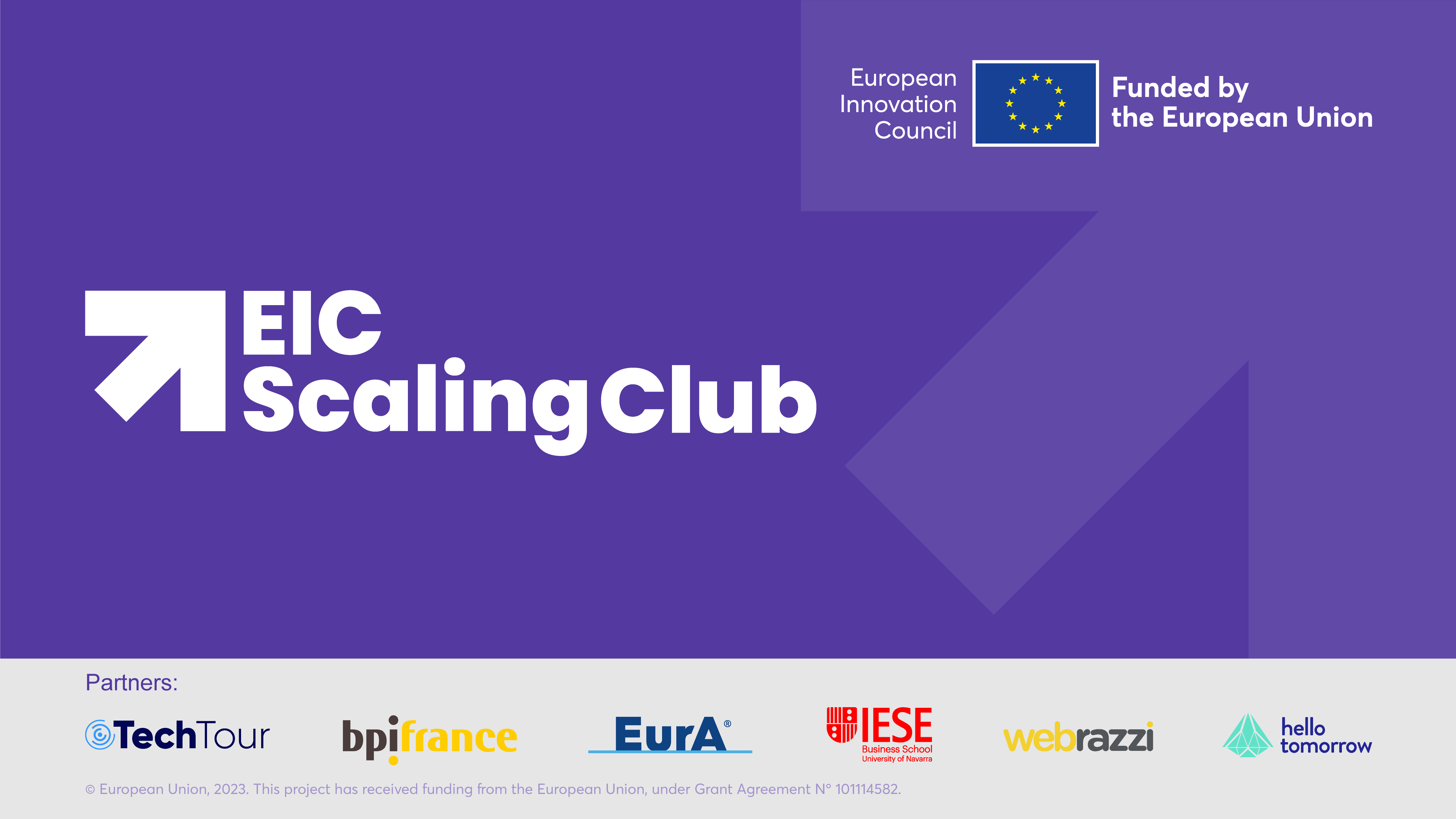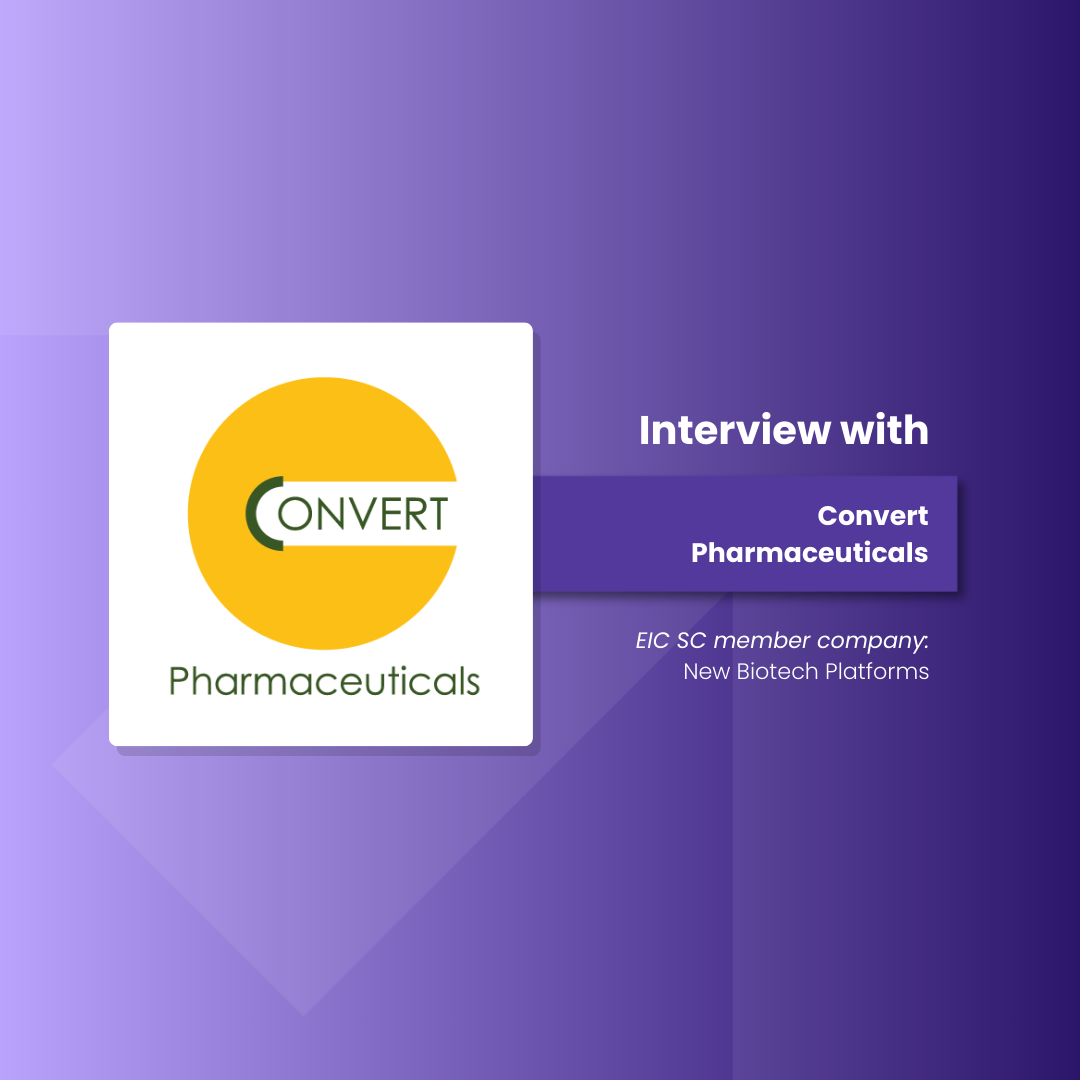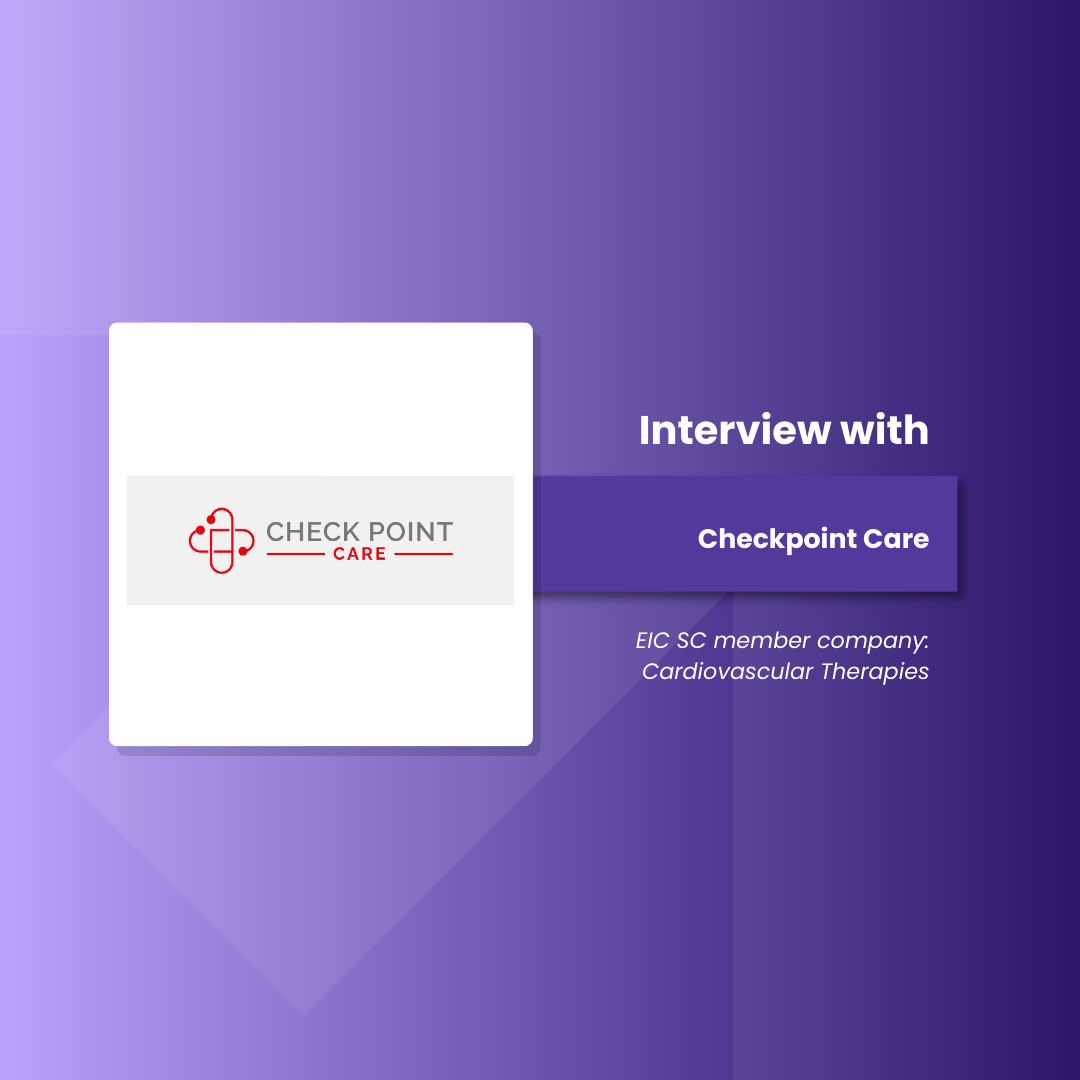18 Dec 2025

A pitch is a brief introduction to your company, designed to leave a lasting impression, spark interest, highlight your company’s uniqueness, and encourage your listener to want to learn more. A well-prepared pitch can be invaluable when speaking to potential investors, partners, journalists, or even your team. It’s crucial to convey what your business does and why others should care in a concise and compelling manner.
There are different pitches, from quick elevator pitches to longer presentations with slides. In this guide, we'll focus on crafting a 45-second pitch, which gives you more room than an elevator pitch but is still quick and to the point.
This guide should come in handy as you prepare for the next EIC Scaling Club event – the Scale 100 Forum taking place in Athens on October 21–22. Companies participating in the pitching session will get exactly 45 seconds to present their case.
See you in Athens, and in the meantime – here’s how to perfect your pitch for the occasion.
7 steps to crafting a 45-second pitch
Hook (5 seconds)
Start with a captivating statistic or fact that immediately grabs attention and sets the stage for your pitch. This moment establishes the context of your business and hints at the problem you’re solving.
Example: “Did you know that large-scale facilities waste up to 30% of their energy due to outdated and inefficient systems?”
Name (5 seconds)
Clearly state your and your company’s name. It might seem almost too obvious to point this out, but people sometimes omit this significant detail in the heat of the moment. Connect your introduction with the hook to reinforce the relevance of what you do.
Example: “I’m X, and at GreenTech Innovations, we’re redefining energy efficiency for industrial and commercial giants.”
Value (10 seconds)
Summarize what your company does and how it addresses the problem. Keep it simple and avoid technical jargon. Even as a deep-tech company, you have to be able to break down your solution into something a non-expert could understand.
Example: “We offer an advanced system that uses real-time data and predictive analytics to minimize energy waste for large enterprises.”
Problem (10 seconds)
Elaborate on the problem your company solves, emphasizing its importance and urgency. Again, keep the explanation straightforward, ensuring the listener grasps why the problem matters. Not everyone you're pitching to will be an industry expert, so they must understand why your work matters.
Example: “Our platform tackles the critical issue of energy inefficiency in large-scale operations, where even small improvements can lead to millions in savings.”
Target (5 seconds)
Briefly mention who your solution is designed to help. This step signals a market demand for your product or service. If you skip this step, your listener may doubt the viability of your business.
Example: “This technology benefits energy-intensive industries, enabling them to optimize usage and cut unnecessary costs.”
Secret sauce (10 seconds)
Explain what sets your company apart from others. Whether it’s a novel product, an innovative approach, or something else, this is your chance to highlight why you’re best positioned to solve the problem.
Example: “Our unique approach combines deep learning with advanced sensor networks to create a system that saves energy and continuously improves efficiency.”
Case study (5 seconds)
If you have the time, include a brief example demonstrating your solution’s effectiveness. Use a statistic or notable result that supports your claims, but, similar to the other points, don't delve into too much detail to keep the spotlight on you.
Example: “Our system enabled XYZ Inc. to reduce their energy consumption by 30%, translating to annual savings of over $500,000.”
What to leave out of your pitch
In a short pitch, skip details like your background, team structure, business model, competitors, go-to-market strategy, etc. While these elements are important, your pitch aims to spark interest by focusing on the core parts of your business. If your pitch succeeds, you'll get into all the details in a follow-up conversation.
Final tips
- Practice: Make sure you can deliver your pitch smoothly without sounding memorized.
- Customize: Tailor your pitch to your audience for maximum relevance – if you know you're talking to an industry expert, you can add more technical details that would impress them.
- Show passion: Let your enthusiasm shine through because if you're not passionate about your business, why would anyone else be?
- Engage with body language: Be confident and maintain eye contact.
- Ignite interest: The goal is to entice your audience to want more, so keep the pitch brief, specific, and with a promise for extra details later.
- Be memorable: Leave a lasting impression and encourage the listener to take the next step, like scheduling a follow-up meeting.
Lastly, keep in mind that this outline is a flexible guide. No two companies are alike, so your pitch should be as unique as your business. Feel free to adapt the structure to fit your business and style.
About the EIC Scaling Club

The EIC Scaling Club is a curated community where 120+ European deep tech scale-ups with the potential to build world-class businesses and solve major global challenges come together with investors, corporate innovators and other industry stakeholders to spur growth.
The top 120+ European deep tech companies will be carefully selected from a pool of high-growth scale-ups that have benefitted from EIC financial schemes, other European and national innovation programmes, and beyond.
The EIC Scaling Club is an EIC-funded initiative run in partnership by Tech Tour, Bpifrance (EuroQuity), Hello Tomorrow, Tech.eu (Webrazzi), EurA and IESE Business School.
Subscribe to our newsletter here to stay up-to-date!
Related Articles
Recent Articles

Spotlight on dual-use innovation: EIC Scaling Club companies making waves in defence tech
5 Dec 2025




